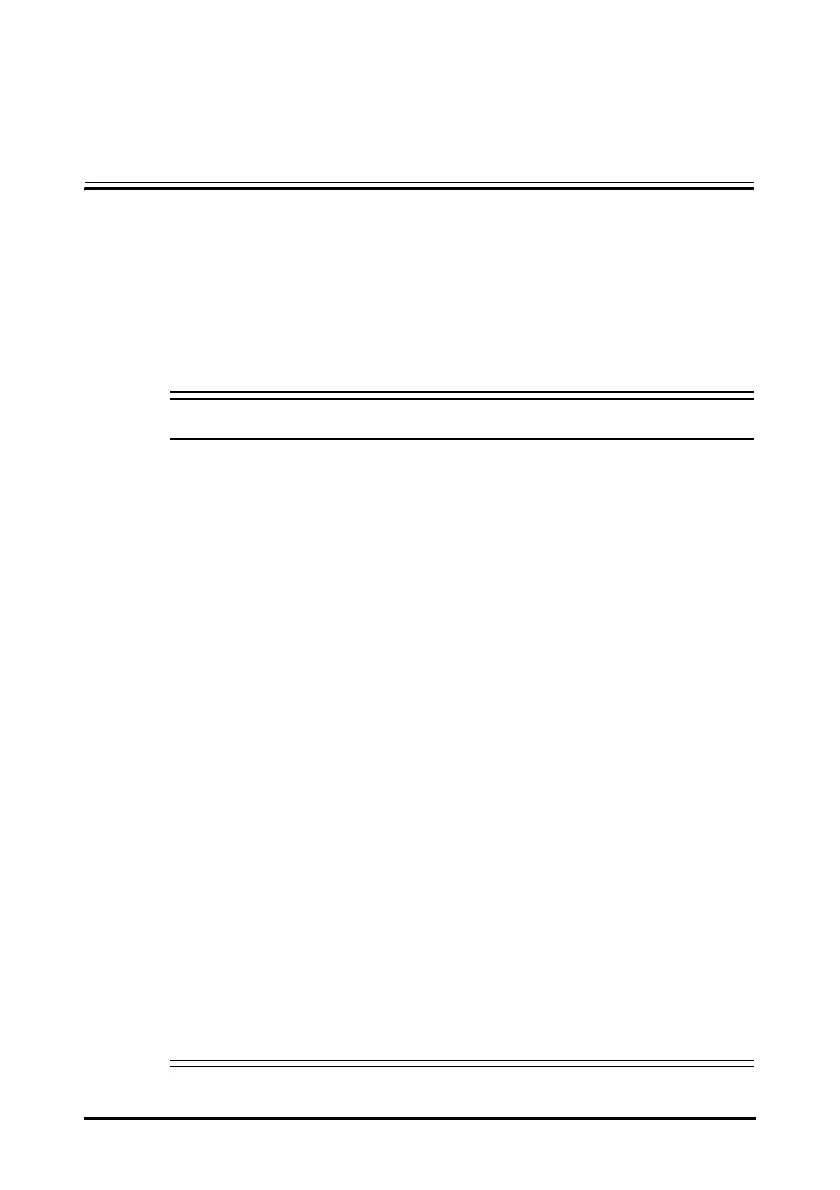7 - 1
7 Alarms
7.1 Alarm Introduction
This chapter describes alarm functions and alarm settings. Physiological alarms are
available only when the monitor is in Continuous Monitoring mode.
7.2 Alarm Safety Information
• A potential hazard can exist if different alarm presets and default
configuration settings are used for the same or similar equipment in the
same care area, for example an intensive care unit or cardiac operating room.
• If your monitor is connected to the central monitoring system (CMS), alarms
can be presented and controlled remotely. Remote suspension, inhibition, or
reset of monitor alarms via the CMS may cause a potential hazard. For more
information, see the operator’s manuals of the CMS.
• The monitors in your care area may each have different alarm settings to suit
different patients. Always check that the alarm settings are appropriate for
your patient before start monitoring. Always make sure that necessary alarm
limits are active and set according to the patient's clinical condition.
• Setting alarm limits to extreme values may cause the alarm system to
become ineffective. For example, high oxygen levels may predispose a
premature infant to retrolental fibroplasia. If this is a consideration do not
set the SpO
2
high alarm limit to 100%, which is equivalent to switching the
alarm off.
• When the alarm sound is switched off, the monitor gives no alarm tones even
if a new alarm occurs. Be careful about whether to switch off the alarm sound
or not. When the alarms are off or while alarm audio is paused either
temporarily or indefinitely, observe the patient frequently.
• When monitoring patients that are not continuously attended by a clinical
operator, properly configure the alarm system and adjust alarm settings as
per the patient's condition.
• Do not rely exclusively on the audible alarm system for monitoring.
Adjustment of alarm volume to a low level may result in a hazard to the
patient. Always make sure that the audio alarm volume level is adequate in
your care environment. Always keep the patient under close surveillance.
